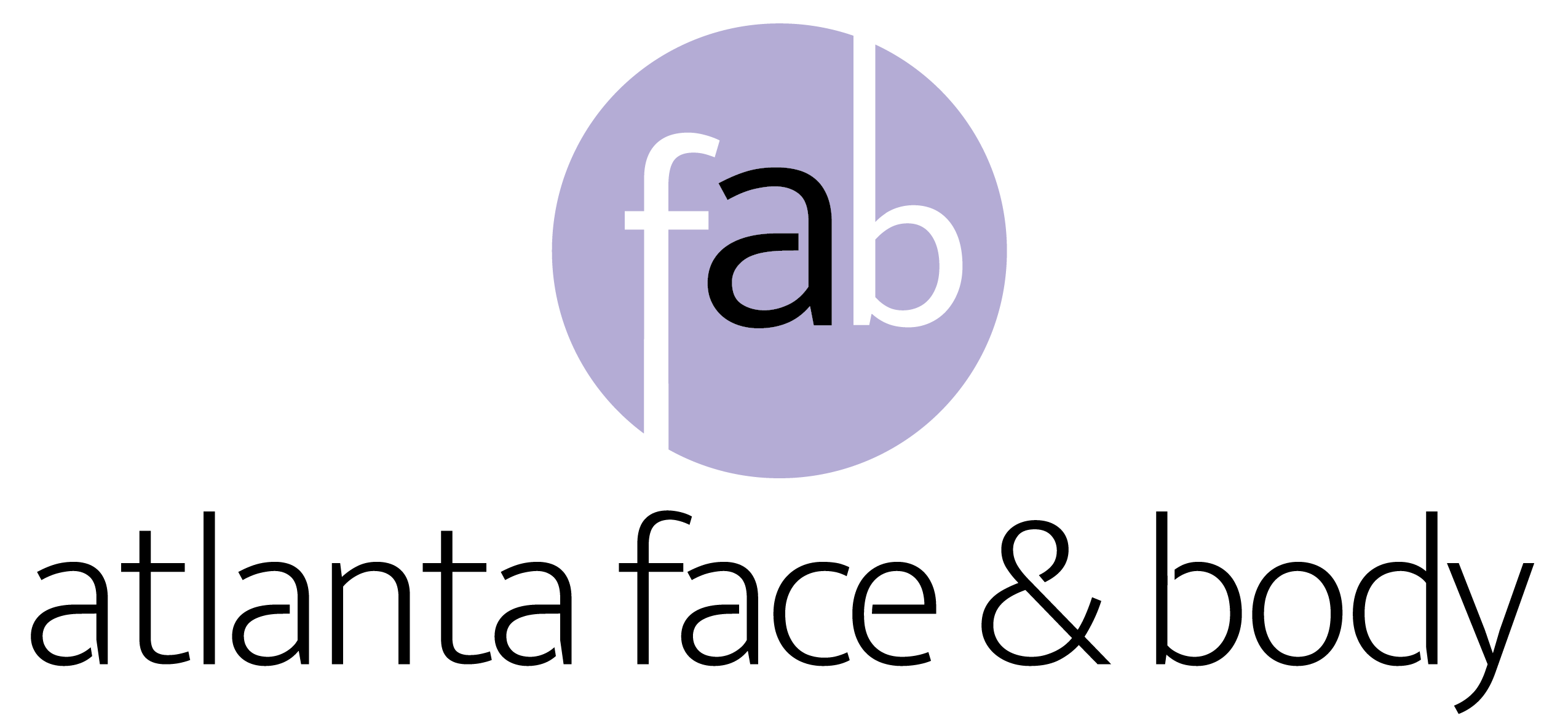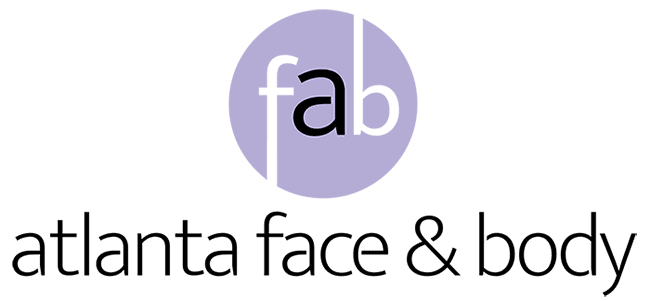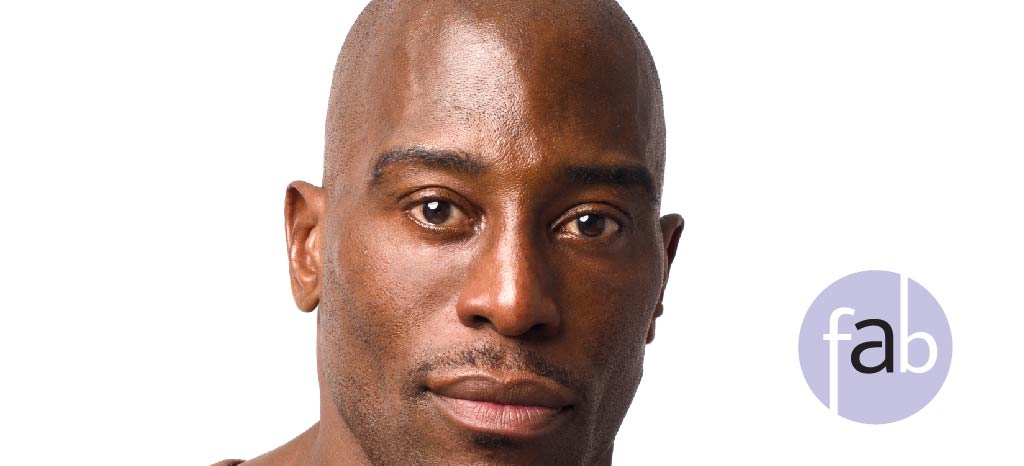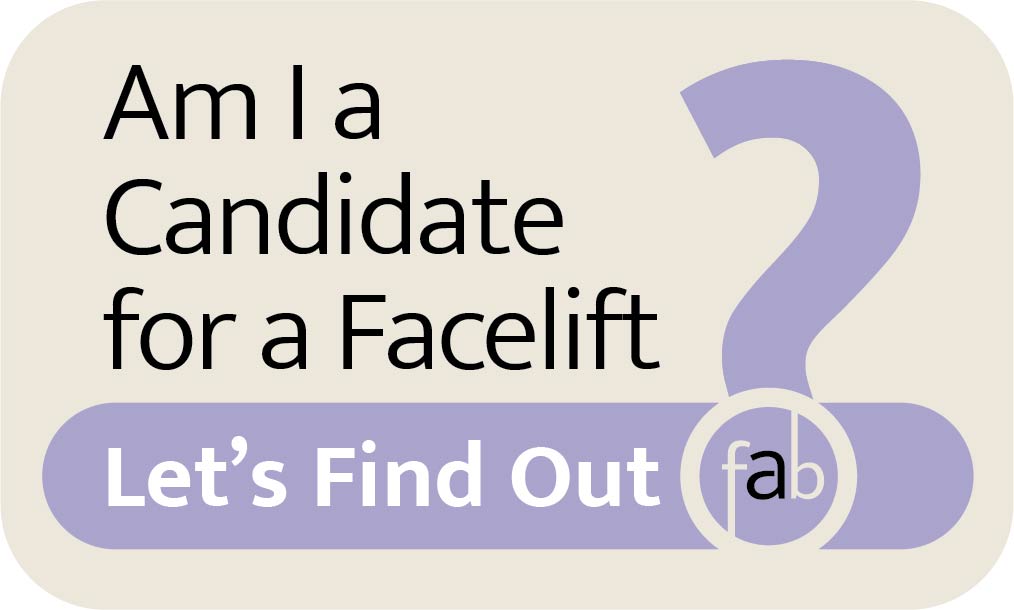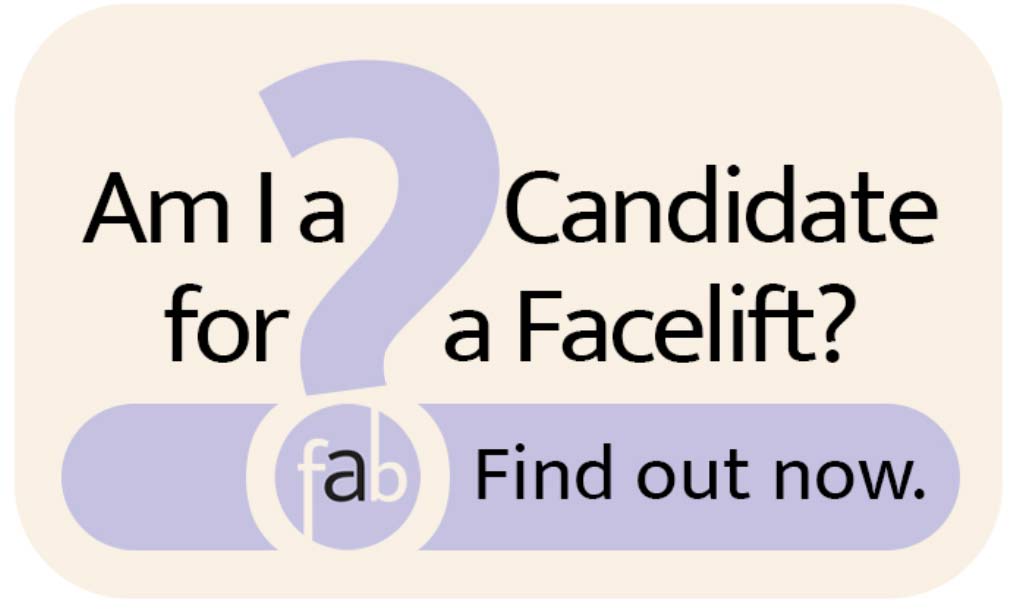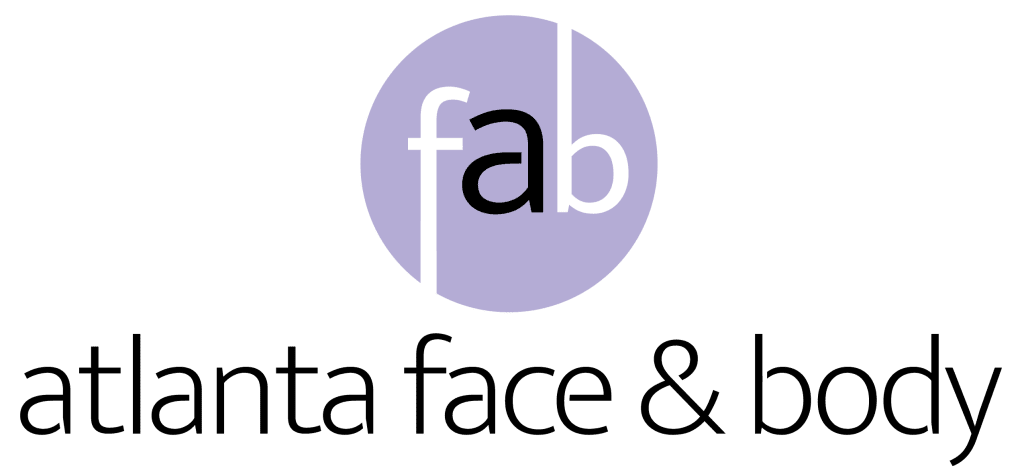You start your day by sleepily shuffling into the bathroom. Then, you load your toothbrush and get to brushing.
You notice bags under your eyes but know they won’t fade throughout the day. They aren’t signs of sleep deprivation, it’s just a natural sign of aging.
People have said, “You’re getting older, it’s no big deal!” But you don’t want to just live with your baggy eyes.
You’ve been considering lower blepharoplasty, but are afraid of what recovery entails. But lower blepharoplasty recovery won’t slow you down as much as you might think.
Blepharoplasty is an outpatient procedure, so there is no prolonged hospital convalescence. We understand how simply saying so might not alleviate all your concerns about recovery from lower eyelid surgery.
You should understand what you’re getting into before receiving any surgical procedure. Let’s dive in and break down exactly what a lower blepharoplasty is and what to expect during recovery.
What Is Blepharoplasty?
Blepharoplasty, or an eyelid lift, is cosmetic surgery to remove excess skin from eyelids. The drooping skin not only makes you tired and older, but it can block your peripheral vision.
Various factors contribute to drooping eyelids. One factor is weakening muscles.
The levator (or levator palpebrae superiors) is a triangular-shaped muscle in each upper eyelid. Its primary function is elevation and retraction of the upper eyelid.
Your levator muscles weaken over time, interfering with its ability to keep your eyelids taut. Your lower eyelids don’t have levators, but they — and your upper eyelids — are surrounded by the orbicularis oculi.
The orbicularis oculi are a ring of muscles surrounding your eyes that aid with blinking and squinting. Like your levators, the orbicularis oculi do weaken with age.
Upper vs Lower Blepharoplasty: What’s the Difference?
Before we continue, we should differentiate between upper and lower blepharoplasties. Blepharoplasty is a catch-all term for surgery involving the eyelid.
Upper eyelid surgery removes excess skin from the upper eyelid. Lower eyelid surgery addresses bagginess from under the eyelid to the under-eye area.
Neither type of eyelid lifting addresses other signs of aging around or near the eyes. So crow’s feet, laugh lines, wrinkles, and dark circles under the eyes are not solvable with blepharoplasties.
But What About Fat?
Fat plays an interesting role in eye bagginess due to how it contributes to skin drooping around the eye. The first thing we’ll discuss is losing fat.
You might have seen and heard stories of when people have lost large amounts of weight, like with liposuction. You know the stories; the ones where patients lose weight but now have saggy skin.
Liposuction isn’t what’s causing the skin to sag. All that the procedure does is remove excess fat — which is what’s causing the sagging.
Specifically, there’s a void under the skin where fat once was. Nothing holds the skin taut. After stretching so far and for so long, the skin doesn’t have the elasticity to bounce back.
The same principle, although less exaggerated, happens to your eyelids. You lose fat when you age. This, combined with a lack of skin elasticity, makes your lids sag.
The second way fat contributes to sagging eyelids is by shifting. Shifting fat happens because of aging skin.
Again, skin’s ability to bounce back increasingly reduces with age. Fat around the eye may move into the area below as the skin loosens.
What Are Collagen and Elastin?
Another factor that causes drooping eyelids is collagen or a lack thereof. Collagen is a protein composed of glycine, proline, and hydroxyproline. Collagen is inside connective tissues, tendons, bones, cartilage, and skin.
Collagen is vital to various processes within the skin, including:
- Cellular communication
- Physically connects adjacent cells
- The process is vital during tissue regeneration and development
- Tissue repair
- Attracts fibroblasts
- Fibroblasts are cells inside connective tissue that create collagen
- Cellular migration
- Is the directed movement of cells in response to signals
- Signals can be mechanical or chemical
- Is vital for healing wounds as cells are directed to injuries
What this means is your body needs collagen to operate at peak efficiency. Tissue repair is important in this conversation because it keeps you looking youthful and keeps your skin taut.
When you become older, your collagen fragments and fibroblast function slows down. Once your fibroblast function becomes compromised, you can’t produce as much collagen.
But there’s another reason skin begins to sag. Your body also produces another skin-related protein called elastin. Elastin, as the name suggests, helps keep muscles, organs, blood vessels, and skin elastic.
Think of a rubber band. You can stretch it, but it always bounces back, that’s why your skin pops back into place after pinching and poking.
But once the rubber band is worn out, you notice it doesn’t stretch or recoil like it used to. Skin works much the same. You don’t produce as much elastin as you become older.
What to Expect: Before the Surgery
Before you get a lower blepharoplasty, the surgeon needs to know whether you’re an ideal candidate. For that, there needs to be a consultation.
The consultation discusses your medical history and the areas of your face you want to work on the most. In this case, that would be the eyes. However, you can also discuss:
- Skin laxity
- Texture
- Scarring
- Dark circles
- Brow
- Tear troughs
- Smile lines
- Lip lines
- Frown lines
- Marionette lines
- Crow’s feet
- Jowls
- Loss of volume in cheeks
- Neck bands
- Neck fullness/laxity
We mention all this because there are cosmetic surgeons comfortable performing at least two procedures at once. It’s possible to receive lower eyelid surgery and a neck lift simultaneously.
Dual surgeries can shorten recovery time as you’re healing from both procedures at once. This is provided the patient is in good health, of course.
For example, you may receive a form asking if you have any medical conditions that may impair healing. Such conditions include:
- Heart conditions
- Asthma
- Anemia
- Blood clotting
- Diabetes
- High blood pressure
- Liver disease
- Bleeding disorders
- HIV positive/AIDS
You’ll be asked to describe unlisted diagnoses that may hamper the lower blepharoplasty recovery and if you smoke. You must be honest about the medication you’re taking too.
The surgeon will consider what you’ve told them. Then, they’ll plan according to:
- Where you want facial work done
- Why these areas’ symptoms present
- For example, blepharoplasty can fix nerve damage
- But it’s not the solution for eye bags caused by fatigue
- Your health conditions
- Diabetes causes slow healing because it can affect blood flow
- AIDS can weaken the immune system
- Surgeries can further weaken the immune system
The best candidates for lower blepharoplasty are healthy people who don’t smoke. Like diabetes, AIDS, and other health complications, smoking can delay healing.
Potential Risks
Your doctor will also explain the potential risks of this type of cosmetic surgery. The most common complications are swelling (discussed later) and ecchymosis.
Ecchymosis is skin discoloration caused by subdermal bleeding. Some patients may also experience chemosis, or swelling of inner eyelid tissues covering the white of the eye.
Lagophthalmos or the inability to completely close the eye is also a potential risk. As scary as all this may sound, you can severely limit these occurrences by following your post-operation care plan.
What to Expect: During the Surgery
Atlanta Face & Body uses the transconjunctival method of performing lower blepharoplasties. Transconjunctival blepharoplasty focuses on repositioning and removing fat.
Firstly, an incision is made inside inconspicuous areas along the lash line, and smile creases of the lower lid. The cosmetic surgeon may cut inside the lower eyelid if excess puffiness due to fat pads needs addressing.
Once the incision is made, surplus fat, muscles, and sagging skin get removed or rearranged before the cuts are sutured. This surgery can be performed under general or local anesthesia.
General anesthesia is either inhaled gasses or intravenous medicines. Local anesthesia is an injection that numbs the area of the body being operated on.
A blepharoplasty normally takes an hour under ideal circumstances. However, it can take longer if done in conjunction with another surgery.
After the procedure, you’re taken to a recovery room to ensure no complications. Patients can have a friend or family member drive them home after the allotted recovery time is over.
How to Achieve Healthy Lower Blepharoplasty
The immediate aftermath of lower blepharoplasty differs between patients. Typical reactions include feelings of tightness or discomfort around the incision.
Bruising and swelling are given after surgery. Overactive tear production may not occur but is common. Elevating your upper body, especially while sleeping, will reduce these issues.
You can lower the amount of bruising and swelling by using compression goggles or cold compresses. Place these against your eyes for one to two days after surgery.
Something else to consider is the surgery’s impact on vision. People get blepharoplasties to help improve vision, but it’s common to experience post-operation blurriness.
The blurriness is often temporary and will fade in between a few days to weeks after surgery. You may not totally eliminate these effects, but you can mitigate them with proper post-operation care.
Taking Care of the Incision Site
One crucial part of surgical aftercare is looking after the incision site. Your cosmetic surgeon will leave you with post-operative instructions you should follow — the first of which is cleaning your eyelids.
You’ll need a saline solution to clean your eyes. You can purchase this over the counter or make it at home. Your surgeon might cover your eyes with gauze after the procedure.
Ask for assistance if needed, as you must clean your eyes as soon as you (or a friend or family member) remove the dressing. Here is a step-by-step rundown on how to cleanse your eyes with gauze and saline solution:
- Soak sterile gauze pads thoroughly in the saline solution
- Place the gauze (over closed eyelids) to soften them
- Next, gently dab across your lower eyelids horizontally
- Then, clean the eyelids from base to tip
- Repeat the process every day, twice a day for two weeks
You may have heard that it’s best to keep cuts dry so they’ll heal. As counterproductive as it may seem, moisturizing the cut will help facilitate dead tissue breakdown and healing.
Antibacterial ointments will aid in preventing infections. Don’t scrub or rub too roughly when cleaning and applying your ointment.
It’s best not to scratch or rub outside of these activities. We mention this because it’s common for stitches to itch. However, you want to avoid disrupting the sutures so the incision heals.
Activities for a Healthy Recovery
Don’t try exercising until at least two weeks after the procedure. Even then, stick to light activities, like walking, or using exercise bikes.
Exercise helps promote circulation, which helps healing. You may be advised not to jump or perform heavy, more strenuous activities for at least a month. The reason is that it may disrupt the fat and skin distribution.
Sleep is another factor in a good recovery. Quality sleep helps you heal, so ensure you dedicate time to maintaining a well-maintained sleep schedule.
Make sure you eat healthily during your lower blepharoplasty recovery. A healthy diet provides nutrients and vitamins to speed up the healing process.
For example, carrots, broccoli, and sweet bell peppers provide vitamins and nutrients. Fatty foods like nuts and avocados give you energy and help reduce scars.
The most important thing to remember is that recovery takes time. Aftercare helps you heal faster and better, but it also requires patience. Let your body heal in its’ own time.
Do You Want to Get Rid of Baggy Eyes?
Lower blepharoplasty recovery might sound scary, but you may find the results worth it. You must abide by the aftercare instructions from your cosmetic surgeon to get the most from the procedure.
Atlanta Face & Body can only help so much with the healing process. However, you can trust Dr. Elisabeth Whitaker and the FAB team to handle your plastic surgery, face lifts, and other rejuvenating procedures.
We have a full-service menu of surgical, non-surgical, and minimally invasive aesthetic treatments. Our office maintains patient confidentiality, privacy, and comfort to the highest degree.
We share your excitement about becoming a more beautiful, new you. Reach out and let’s get started.
